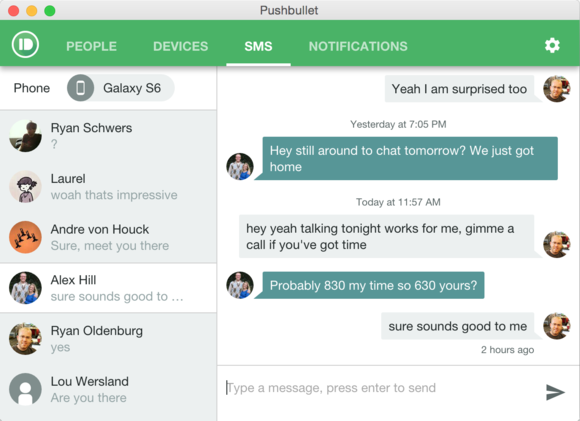There are way too many instant messaging apps.
Even though I extolled the virtues of over-the-top over text messaging (SMS) I’m ready to give up. That’s because no matter how many nifty features, stickers, or cool Emoji they throw in, they all suffer from the same problem: getting all your friends family to get on board.
Behind the conundrum
Here’s the problem: A phone number is still the most ubiquitous way to contact people. Many might change their email address, atsApp username, or other identification, but the phone number usually remains the same. And once you get someone’s mobile number, that’s all you need to send them text messages.


SMS messaging is still around, so much so that built a dedicated app just for SMS MMS.
us, a lot of people text because the ione makes it so easy. th iMessage, you get all those cool IM features without jumping through the hoops of different messaging apps trying to figure out everyone’s username. st text other’s numbers like normal, Apple does the behind-the-scenes work in connecting everyone to the company’s communication network. If they’re on an Apple device, anyway.
That’s why no matter how many instant messaging applications come along, we’re long past the point of no return with SMS.
shbullet is the best way to get texts on the desktop
One of the reasons I prefer IM is that it’s generally easy to sync up your conversation on the desktop. It all happens over the Internet with a third-party service, after all. However, shbullet has generally solved that issue.


Get the entire conversation str on your desktop thanks to the latest update to shbullet.
A recent update to shbullet’s Android app brings all your text conversations in a desktop messaging application. It’s essentially like iMessage for Android, without all the real-time typing notifications other cool features. But it works well enough, especially now that you can get the full conversation, courtesy of the latest update.
iMessage-style texts for all may be in the future
There’s a glimmer of hope thanks to a recent announcement by T-Mobile. The carrier unveiled a new feature called Advanced Messaging, which uses a new communication stard called RCS that would bring the best features of over-the-top messaging—typing notifications, real-time chat, high-resolution images—to text messaging.
In essence, it would be like iMessage for all because you’d get those nifty features without the proprietary blockage. This capability is based on the Rich Communication Stard (RCS). T-Mobile says it’s coming to the Galaxy S6 S5, is already available on the Galaxy Gr ime. More phones will follow.
The kicker is getting all the carriers manufacturers on board. It could happen, as the industry is built on trying to replicate one another’s features in order to gain customers, RCS is a broad industry stard. And while Apple is usually the last to embrace open stards, it could join in with RCS in the interests of giving ione users a better experience.
No matter what, if you want the most pain-free method of texting with your friends, SMS is still the way to go.


















